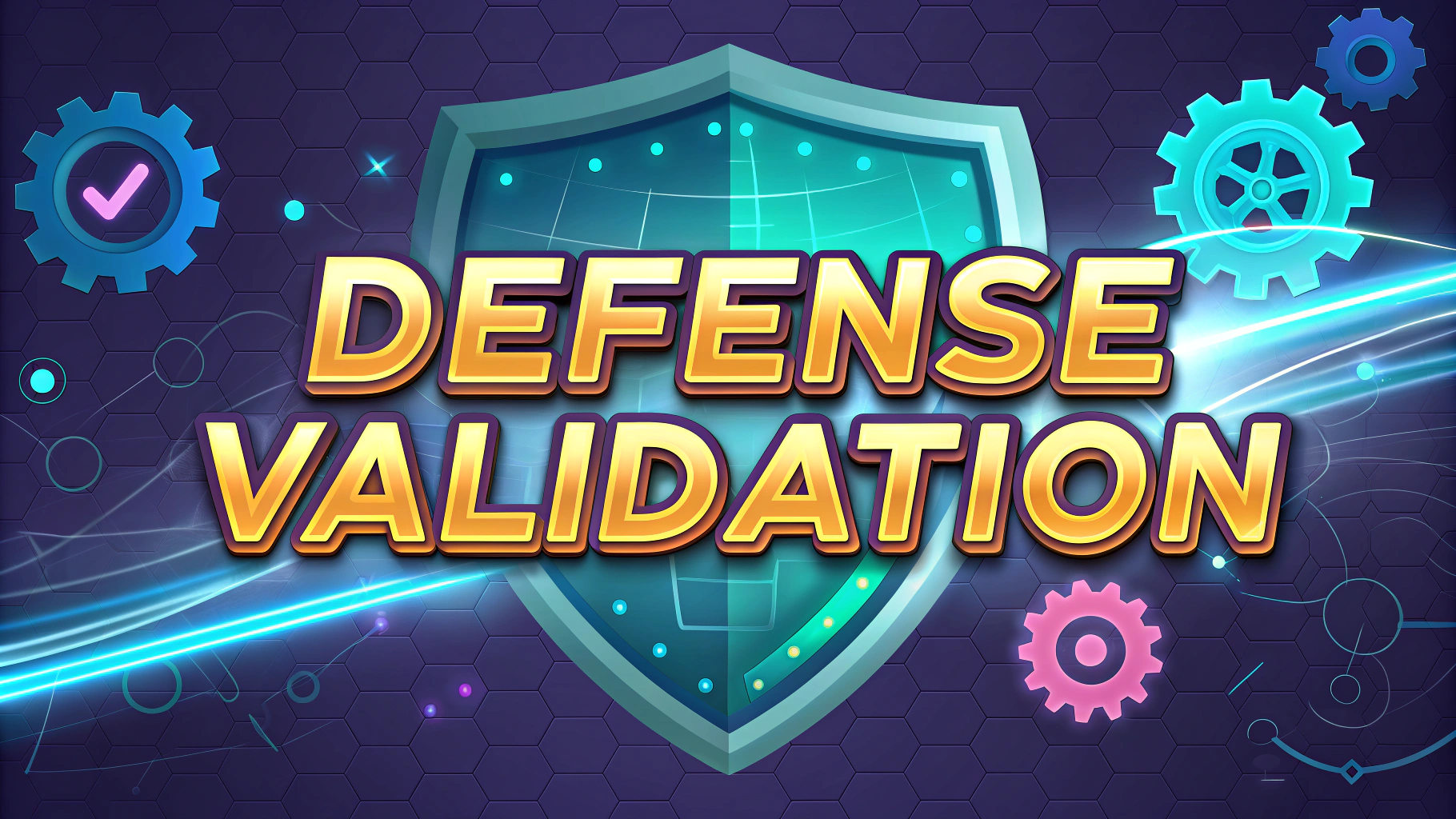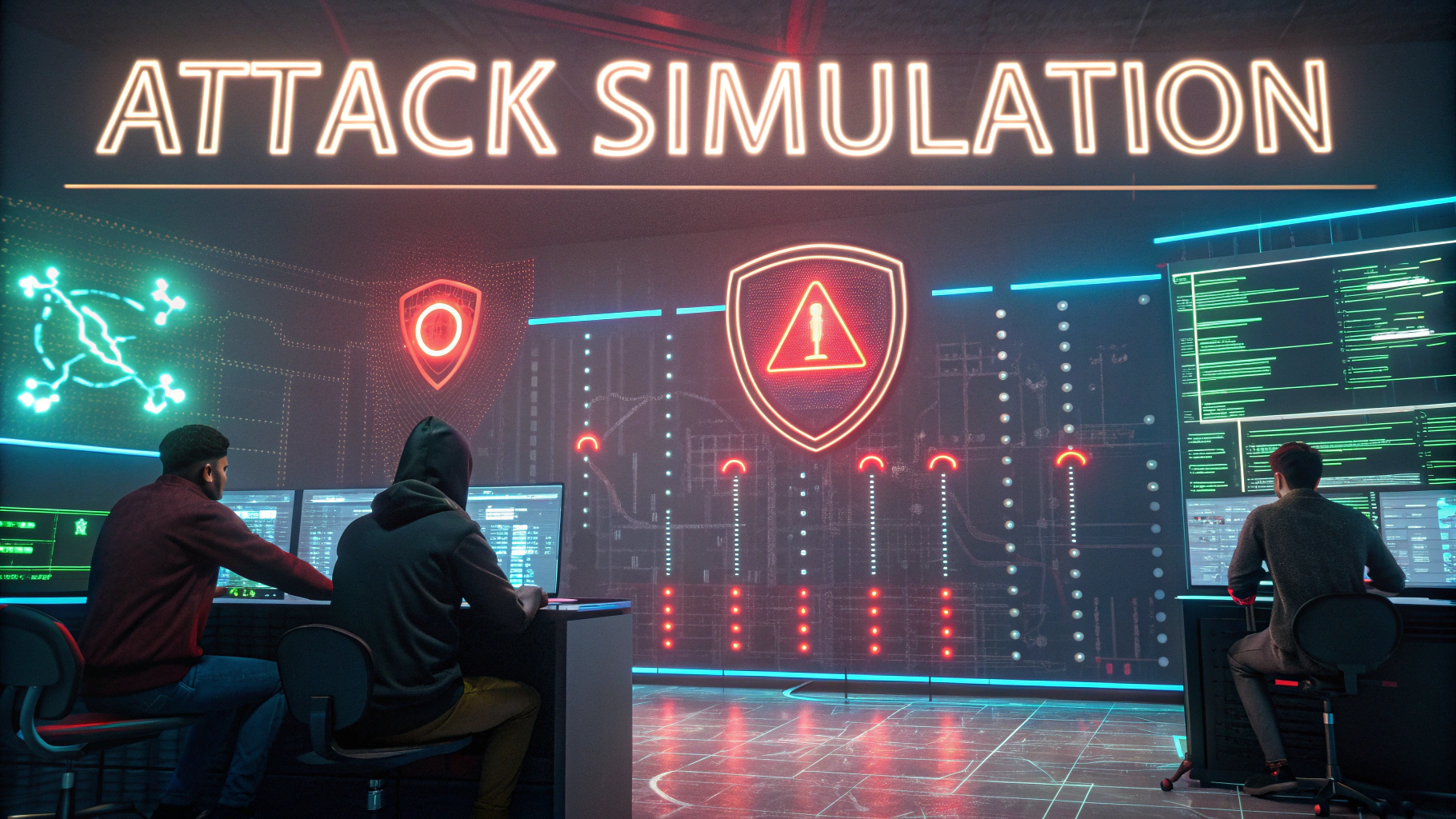Security testing tools come in various forms, with each platform offering unique advantages for penetration testing.
Selecting the right platform impacts testing effectiveness, speed, and ability to detect vulnerabilities.
This guide examines popular penetration testing platforms to help testers make informed decisions based on their specific needs.
Kali Linux vs ParrotOS
- Kali Linux: Pre-installed with 600+ security tools, better documentation, larger community
- ParrotOS: Lighter system requirements, includes productivity tools, smoother performance on older hardware
Commercial vs Open Source Platforms
| Commercial | Open Source |
|---|---|
| Professional support | Community support |
| Regular updates | Variable update frequency |
| Higher cost | Free to use |
Desktop vs Cloud-Based Solutions
Desktop platforms like Kali Linux offer full control and offline capability but require local resources.
Cloud platforms like Burp Suite Enterprise provide scalability and remote access but depend on internet connectivity.
Popular Platform Recommendations
- Web Application Testing: Burp Suite Professional ($399/year)
- Network Testing: Nessus Professional ($2,990/year)
- Mobile Testing: Mobile Security Framework (Free)
- All-in-One Solution: Metasploit Framework Pro ($15,000/year)
Platform Selection Factors
- Budget constraints
- Target environment (web, mobile, network)
- Team expertise level
- Required features
- Compliance requirements
Integration Capabilities
Modern platforms should integrate with existing security tools and vulnerability management systems.
Support and Updates
Check the platform’s update frequency and support options before making a decision.
Automation Features
Look for platforms offering automated scanning and reporting capabilities to improve efficiency.
Making Your Choice
Start with a trial version when available to evaluate platform suitability for your specific needs.
Consider combining multiple platforms to cover different testing aspects effectively.
Additional Resources
- OWASP Testing Guide: https://owasp.org/www-project-web-security-testing-guide/
- Penetration Testing Execution Standard: http://www.pentest-standard.org
- Security Tools Repository: https://tools.kali.org
Training Requirements
Different platforms require varying levels of expertise and training investment.
- Commercial Platforms: Often include training materials and certifications
- Open Source Tools: Require self-learning and community resources
- Vendor-Specific Training: May be necessary for advanced features
Reporting Capabilities
Effective reporting features are crucial for communicating findings to stakeholders.
Key Reporting Elements
- Customizable templates
- Executive summaries
- Technical details export
- Compliance mapping
- Remediation guidance
Scalability Considerations
Platform scalability affects long-term viability and enterprise adoption.
- Multi-user support
- Concurrent scan capabilities
- Resource management
- Enterprise deployment options
Future-Proofing Your Platform Choice
Select platforms that adapt to emerging security threats and testing requirements.
- Regular feature updates
- New attack vector coverage
- API capabilities
- Cloud integration options
Maximizing Security Testing Success
Choose platforms aligned with organizational goals and security requirements.
- Evaluate multiple solutions before committing
- Consider hybrid approaches combining different tools
- Prioritize platforms offering growth potential
- Maintain flexibility for emerging security needs
FAQs
- What are the main differences between Kali Linux and ParrotOS for penetration testing?
Kali Linux is more resource-intensive but offers a larger tool collection out-of-the-box, while ParrotOS is lighter, more efficient, and includes additional privacy tools. Kali is backed by Offensive Security, while Parrot is community-driven. - Which platform is better for beginners in penetration testing?
BlackArch Linux is ideal for advanced users, while Kali Linux is better suited for beginners due to its extensive documentation, large community support, and structured tool organization. - How do cloud-based penetration testing platforms compare to traditional operating systems?
Cloud platforms like PentesterLab and Hack The Box offer immediate accessibility and automated updates without local resource consumption, but may have limitations in customization and require stable internet connectivity. - What are the advantages of using BackBox over other penetration testing distributions?
BackBox offers a lighter footprint, faster performance, and Ubuntu LTS base, making it more stable for long-term usage while maintaining essential security testing tools. - How does hardware compatibility vary between different penetration testing platforms?
Kali Linux offers the broadest hardware support, especially for wireless cards and GPU cracking tools, while specialized distributions may have limited driver support for certain devices. - What are the key differences in tool management between major penetration testing platforms?
Kali uses apt package management, BlackArch uses pacman, and ParrotOS uses a hybrid system. Each platform has different update frequencies and repository structures for security tools. - How do virtualization capabilities compare across different platforms?
VMware offers better 3D acceleration and USB support, while VirtualBox provides better cross-platform compatibility. Hyper-V integration varies significantly between different penetration testing distributions. - What are the main considerations for mobile penetration testing platform selection?
Android-based platforms like NetHunter require specific device compatibility, while iOS-based testing requires jailbroken devices. Cross-platform tools like Corellium offer broader device support but at higher costs. - How do different platforms handle forensics tools integration?
SANS SIFT Workstation specializes in forensics with curated tools, while general platforms like Kali include basic forensics capabilities. CSI Linux focuses on investigation-specific tools and workflows. - What are the performance implications of different penetration testing platforms?
BlackArch and Arch-based systems typically offer better performance due to rolling releases and optimized packages, while Debian-based systems like Kali prioritize stability over raw performance.






